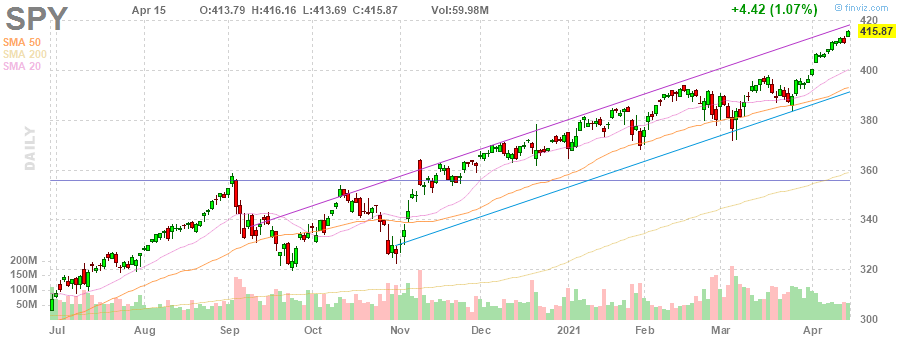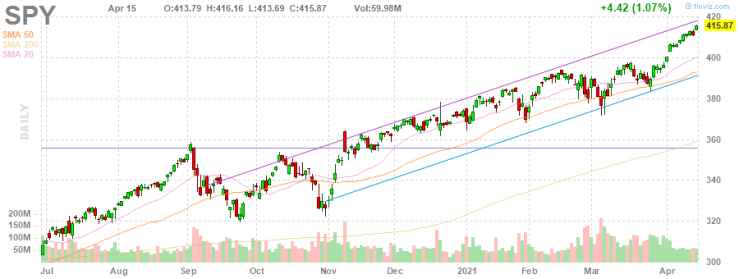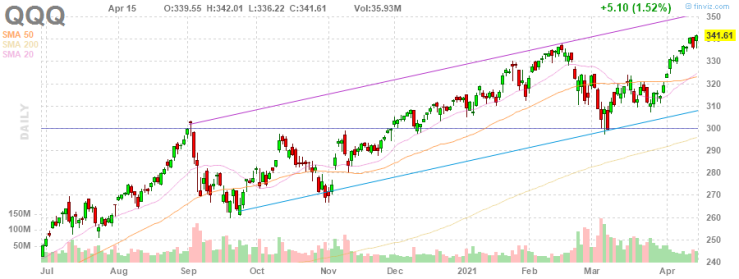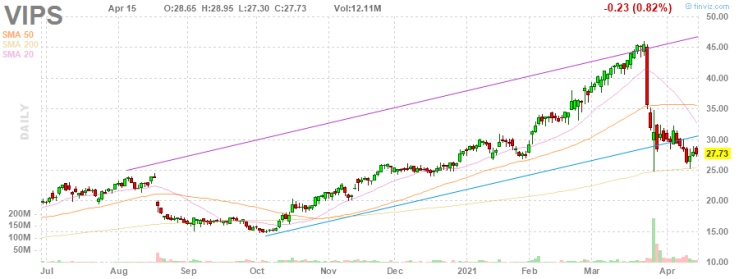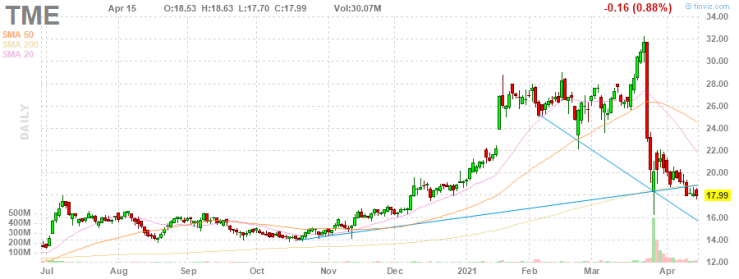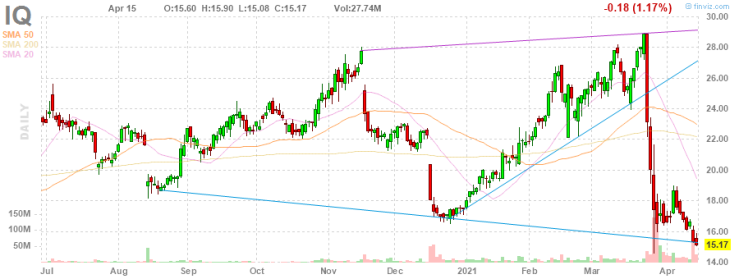For anyone following the markets during the last few decades the absence of effective enforcement or regulation of markets by captured regulatory agencies is not only not a surprise but a necessary factor to consider and weigh in the consideration of prices, very much, if not more so, like interest rates or employment data. Just within this bubble the spectacles of Greensill, Neil Woodford, Elon Musk’s SEC “enforcement,” and now Bill Hwang are a constant reminder that the trading environment now is more akin to the period when pool operators were running amok in the 1920s, free to roam the markets and push issues about at will. Needless to say, this makes shorting exceptionally dangerous when the market is not only not fair but eagerly bullied with the full support of major bucket shops like CS, GS, and others as one of the few remaining heavily profitable lines of business.
But this period in time also provides an unique opportunity to observe what happens to these pool operations when the pool operator is no longer pushing the market, such as with Bill Hwang (and his hedge fund friends that were trading in the same issues). This period is particularly “pure” in terms of information because the entire market is in a very clear upward trend, with the SPY and QQQ making new highs, valuations off the charts and so forth.
The point is this: if after the forced block trades went through there was a natural “buy the dip” force in the market, there could be no better time for such enthusiasm than during record highs in the market. But not only has there been no bounce, but anyone following media instructions to buy the dip has been losing money as the issues involved have continued to go down, quite a remarkable feat.
DISCA, GSX, IQ, TME, VIAC and VIPS all have essentially the same chart: a run up that defied logic and a sharp crash after Bill Hwang was liquidated followed by still more drift lower as time passed. The most extreme example, not connected with Bill Hwang, is of course GME, but the wallstreetbets type euphoria for similarly weak names like TSLA points to the danger of stocks that are pushed up beyond their fundamentals due to flow and memes rather than business achievement. Once the main pool operators are taken out or otherwise move to new ideas, the once hot stock dies very, very quickly.
If the crash of 1929 can be viewed as merely a whole slew of pool operators collapsing, putting pressure on the leading names and thus contaminating the entire market, the ingredients for a repeat performance seem to be perfectly in place now with insane valuations, a bucket shop business model that seeks the higher fees generated from the Bill Hwangs of the market, extreme leverage and the constant pressure by management to dilute at $100 when the stock is worth only $30. This VIAC pressure is inevitable. If anyone believes any of these examples are isolated, they have clearly not been paying attention to CS. They have also not been paying attention to the panic amongst bucket shops as they seek to review their risks and exposures. Blowing up the bucket shop’s entire bonus pool cannot help one’s career after all (and nothing is more important than the bonus).
The most interesting equation right now may well be the equilibrium point where a large holder, such as ARKK, seeks to sell a position such as TSLA. There will come a point when the sale proceeds generated are more than offset by the loss in market value in the remaining holdings. So even if ARKK tries to sell $50M in TSLA shares, if they lose $200M in market value in their remaining exposure, they not only are not ahead but as they were the main cause of the drop in price they are in a sense trapped. The more they sell, the worse the drop (the Bill Hwang model). This VIAC trap is already in place because of extreme overconcentration and illiquid holdings. With markets at extremes, any adjustments will be dramatic, not smooth. ARKK in a sense has already shot themselves in the foot with their $4k price target because any selling below that price has ominous implications to anyone not in the cult.
After all, these multi-billion dollar collapses are occurring not so much despite record liquidity but really because of it in the sense that extremes of risk taking and leverage would not normally be possible. The low returns on normal business are what are driving an industry wide push into extreme risk for higher fees. Because these pool operators have no view of financial history, they may well have trapped themselves when they became the market.

